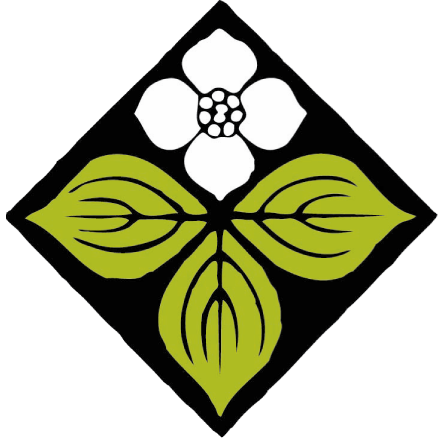Growing blue poppies
The details of growing Meconopsis, or Himalayan blue poppies, in your home garden can get a little weedy. Key to success is keeping their native habitat in mind; these stunning plants hail from the Tibetan Plateau of the Himalayan Mountains, a rocky landscape often shrouded in fog and mist
-
Soil & Water
Though there are preferential differences between species and subgenera, most Meconopsis favor ample moisture coupled with a well-draining medium. Amend potting soil with perlite, sand, and horticultural grit. In the garden, add compost to the above list, as they like rich soil.

-
Light & Temperature
Meconopsis do not tolerate heat well and instead prefer cool shade. Even here in Alaska, we find they do well with partial to full shade. Closely consider garden location when the time comes; moist shade is ideal.

-
Transplanting
Meconopsis come from a land of rocks, and their vigorous root systems reflect their ability to navigate crevices in search of water. When growing Meconopsis from seed, opt for deep pots, and up-pot readily once roots reach the bottom of the pot.

Step-by-Step: growing ABG ‘Big blue hybrid’ seed
IN THE NURSERY
late-winter/early-spring: prepare sterile mix of potting soil, perlite, and sand
sow seeds thinly and lightly tamp seeds with finger tips to create good contact with soil
cover seeds with a thin layer of horticultural grit or vermiculite
gently water; a misting nozzle is best!
keep evenly moist and COOL while germinating; an unheated greenhouse is ideal
transplant or gently ‘prick out’ seedlings with a kebob skewer when true leaves appear. You may choose to pot up little clumps of 2-3 seedlings. Notice and take care of the roots, which are disproportionately large at this stage!
continue to transplant or ‘up-pot’ as needed until plants are 3-4” tall, at which point you may choose to plant out into the garden. If it’s already early fall, we recommend over-wintering your seedlings in their pots rather than planting out: group them up and snuggle them next to a building; cover with branches followed by a generous 6”+ blanket of leaves; uncover in the spring and plant out into the garden once you see signs of life.
IN THE GARDEN
choose a site that is moist and on the shady side
loosen garden soil with a digging fork 2 feet down. Amend garden soil with sand, perlite, and compost; ‘Big blue hybrids’ are heavy feeders. You may also choose to top-dress with compost
space plants 18” apart. Mature blue poppies will reach a height of 3-4 feet.
A couple more random notes and tips:
PESTS. Despite their fuzzy leaves, Meconopsis seedlings make a nice snack for slugs and hares late-summer/fall. We recommend Slugg-o and/or overwintering seedlings that are then planted out in early summer rather than in the fall. Mature plants don’t have this issue.
COLD STRATIFICATION. If you dig deeper/noodle around on the internet, you may hear talk of cold stratification and setting winter-sown seed outside for a period of weeks. While this is fairly necessary for many true species, we find that the ‘Big blue hybrids’ don’t require such fussing.


